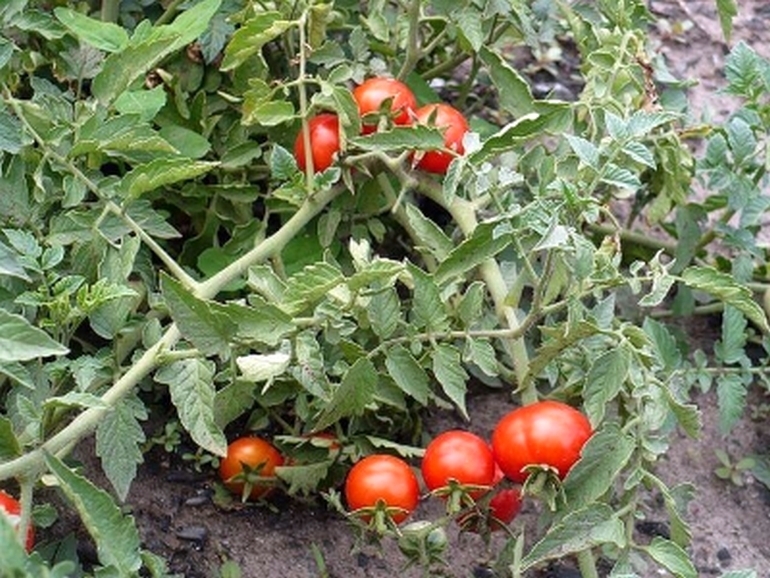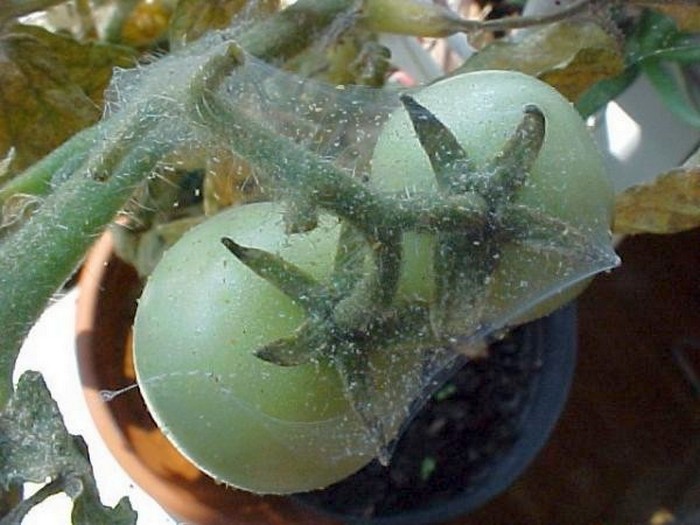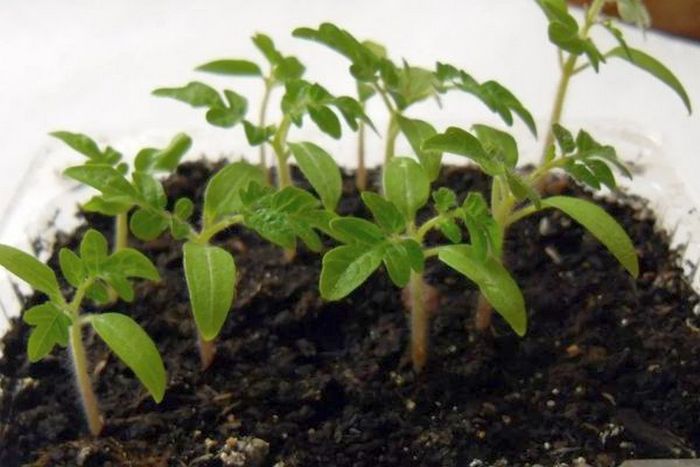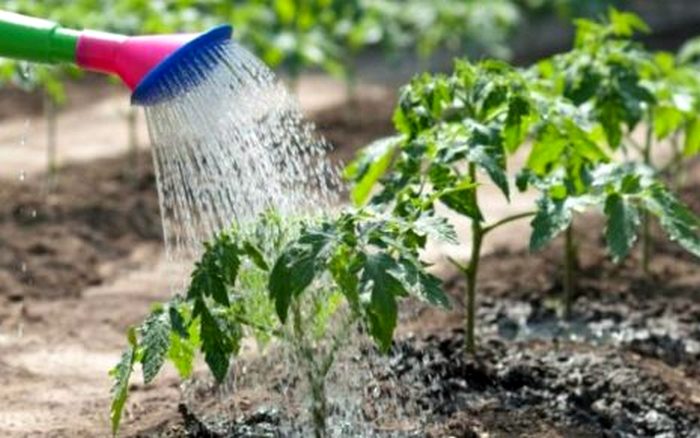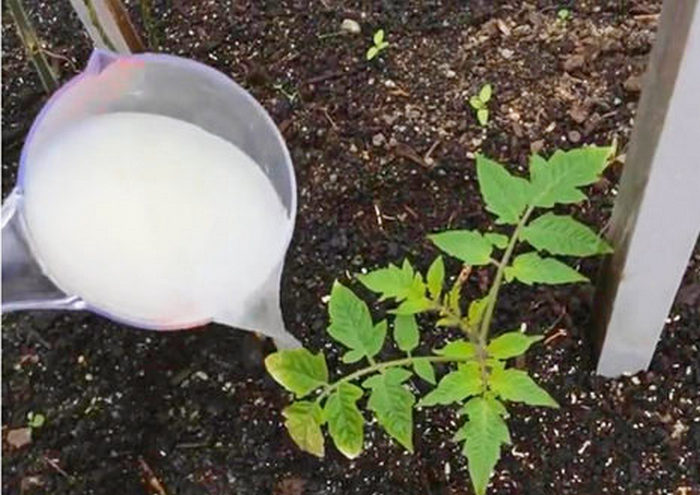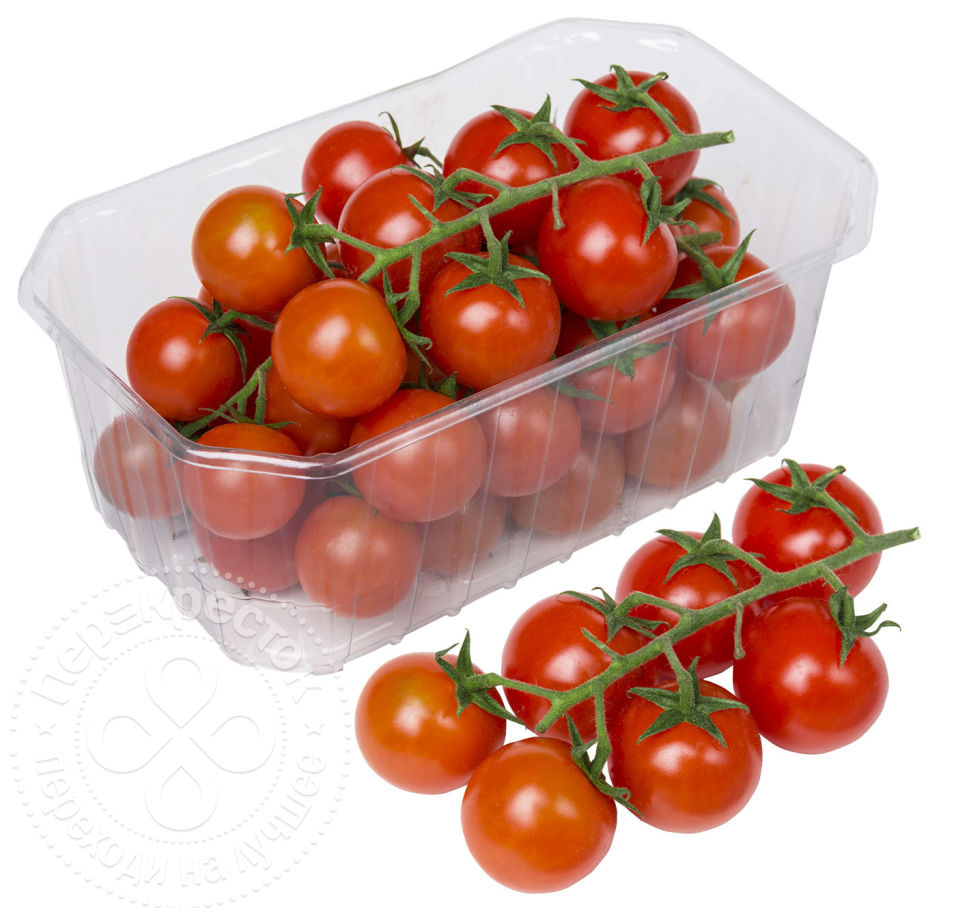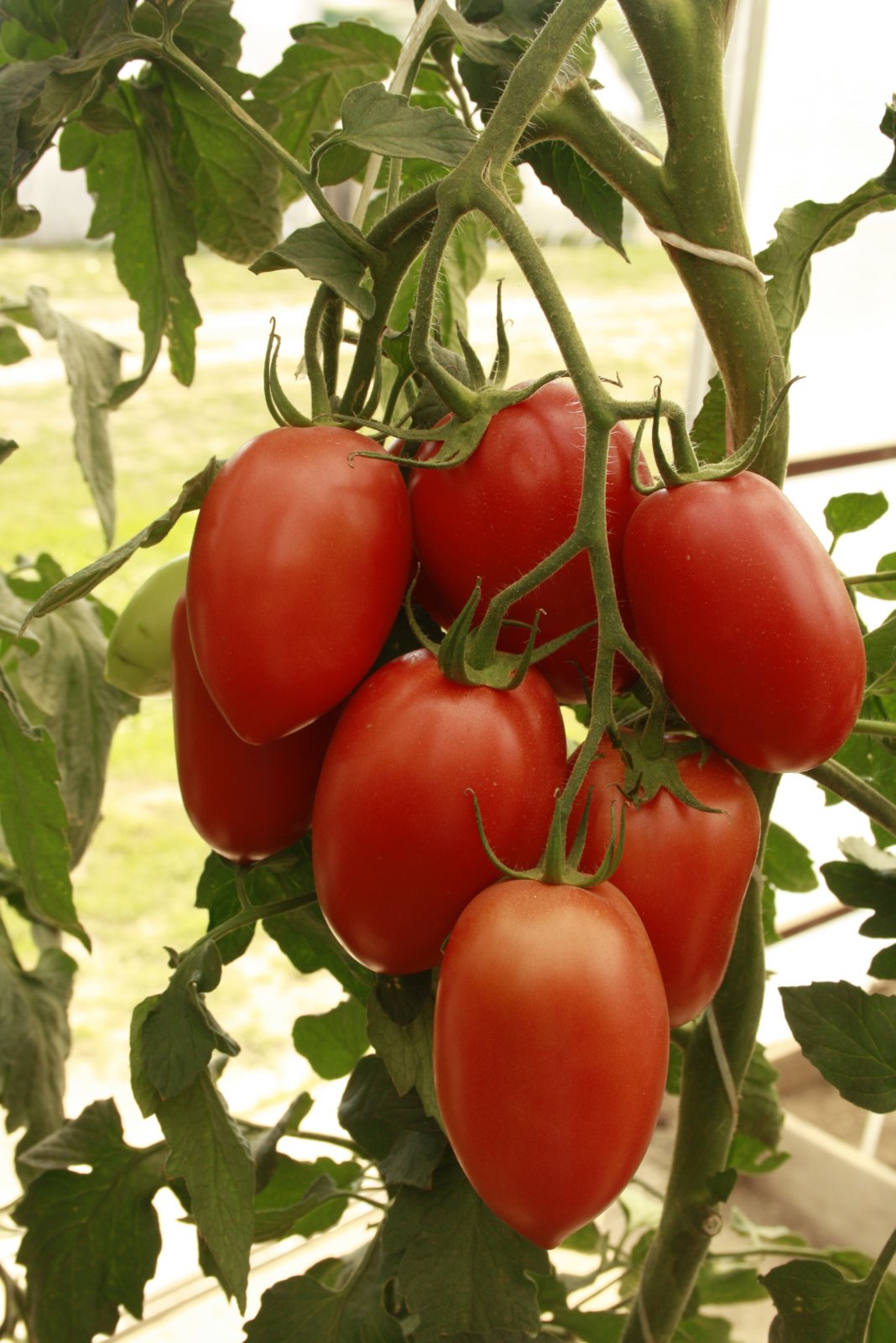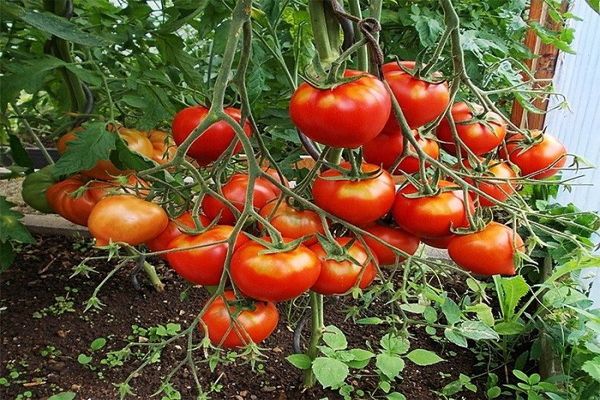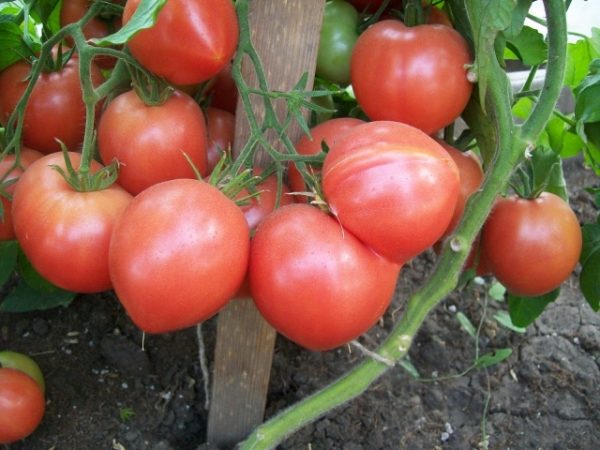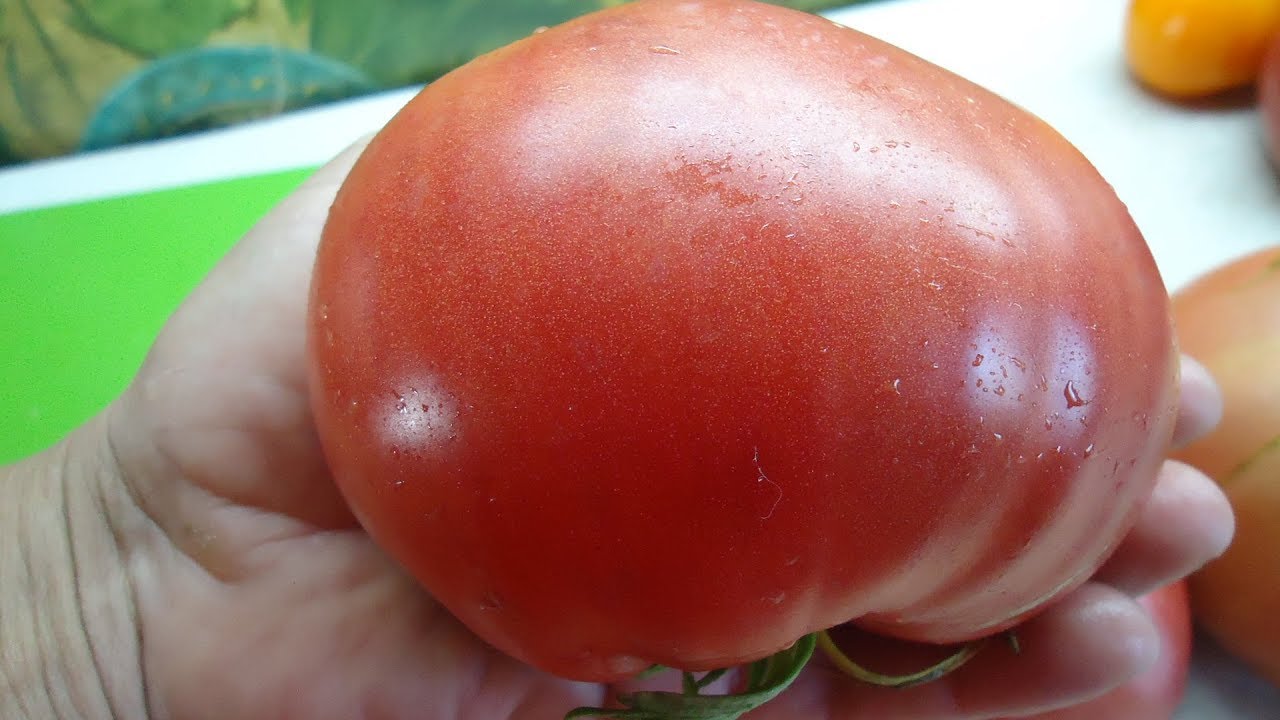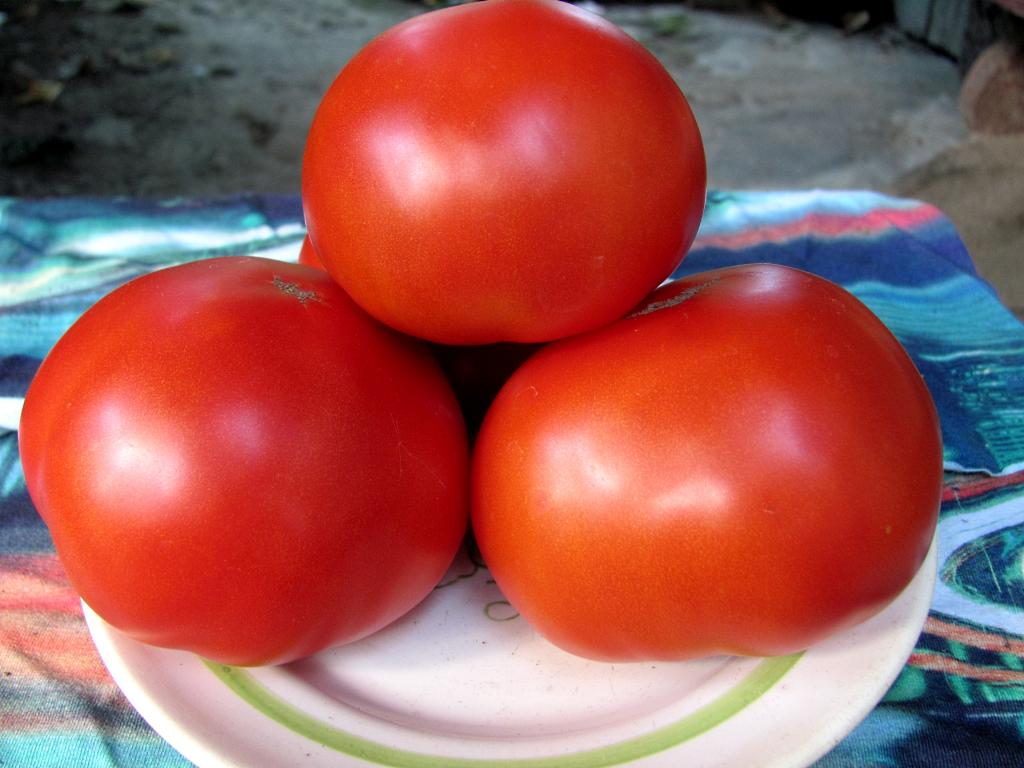Content:
Russian scientists bred Tomato Khlynovsky F1 in 1999. In 2000, the plant was registered in the State Register as a variety that is recommended for open soil and film shelters.
Tomato Khlynovsky: characteristics and description of the variety
Khlynovskie tomatoes are medium early hybrids. It takes 100-110 days from the moment the seedlings are planted before the full ripening of the first crop. The height of a bush of this species can reach 155-190 cm.On average, one tomato reaches about 200 g.
The Khlynovsky tomato has a classic rounded flat shape. The fruit cover is good: smooth, durable and shiny. The color is uniform, bright red. If there is a green spot on the tomato, this is a sign that it is not yet ripe and you should wait.
The inside of the tomato is very fleshy, not watery. It feels pretty tight. It has excellent flavoring properties, suitable for seasonal summer dishes (such as salads, stews, sautés, etc.), for winter preservation and juicing.
Key Features:
- gives large and juicy fruits;
- Khlynovskys surpass many other types of tomatoes in taste and yield;
- tomatoes tolerate long-distance transportation.
Throughout the vegetative process, the tomato bush is actively growing and forming, developing inflorescences and ovaries.
The yield on average reaches 39 kg per square meter. m. in well-equipped greenhouses. In ordinary greenhouses or on open soil, it can be 10-20 kg. For a high quality crop, these are excellent indicators.
They do not tolerate temperature fluctuations well. When the temperature rises or falls, growth may stop.
Diseases and pests
Khlynovskie tomatoes are resistant to many common diseases, but prevention is still recommended.
The main crop pests are spider mites. To get rid of them, you can water the affected plant with soapy water (5 liters of water, 10 g of copper sulfate, 100 g of soap).
In the south of the country, the Colorado potato beetle often attacks on tomatoes of this species. It is not difficult to get rid of the misfortune, having noticed the uninvited guests, you must immediately buy a special tool in the store designed to combat this type of pest.
Khlynovsky tomatoes: description of agricultural technology
You need to sow seeds for seedlings 50-60 days before the planned planting in the soil, in March. To do this, you just need to plant them in disposable plastic cups with a volume of 200 ml, and when they take root, transplant them into cups with a volume of 500 g.
Seedlings even at home will be strong, but as it grows, water from the ground will evaporate at a very fast rate. Over time, it is necessary to increase the number of waterings.
The best place to grow this plant in your home would be a large window sill. Tomatoes should be transferred from windowsill to windowsill during the day, following the sunlight.You can keep the box in one place, but illuminate with a lamp in the evening. Tomato seedlings are very responsive to such care.
You can plant it when the soil warms up to 14-17 ° and the threat of frost is left behind. A week before planting, the seedlings begin to harden. You need to take them outside every day to get used to temperature changes. Start with 5 minutes, bring to a couple of hours.
If the plant blooms before being placed in a permanent location, the inflorescence must be removed.
For planting, both a greenhouse and an open bed are suitable. If a film cover is used, the seedlings can be planted as early as May, but it is not necessary to remove the shelter until mid-June.
Usually the plant forms into one or two stems. The trunk must be tied to a support, the branches must be supported so that they do not break under the weight of the fruit.
One of the most important conditions for obtaining a high-quality harvest is regular watering, on average 3 times a week, depending on the weather. When the culture gets stronger, the number and volume of irrigation should be reduced.
Water the plant carefully, at the root. Water should not come into contact with the stem or leaves. When the bushes grow, watering them twice a week is enough.
The strongest lateral shoot (stepson) is formed under the first brush. It is formed into a second stem, which houses 3 brushes. There should be 4 inflorescences on the main stem.
From the brushes, it is necessary to remove the ovaries that were damaged during the growth process. On the first two inflorescences, 3-4 set tomatoes should be left for ripening. On the rest - up to 6.
To increase the rate of ripening of tomatoes, it is necessary to remove the side shoots. You also need to remove the leaves themselves. First, those that touch the ground are removed so as not to infect the plant with late blight.
Khlynovsky tomatoes are very responsive to natural fertilizers (chicken droppings, manure, peat).
Yield indicators depend on the region in which Khlynovskie tomatoes grow. In the south, you can achieve high yields by planting tomatoes in open soil; in the north, you cannot do without greenhouses. Gardeners living in the middle lane should use a film cover.
Advantages and disadvantages of Khlynovsky tomatoes
The main advantages of the variety:
- Good disease resistance. And their tomatoes are threatened by a lot: brown spots on the surface of the leaf (cladosporium), variegation of leaf surfaces with dark and yellowish spots (tobacco mosaic), sharp or smooth drying out of the culture (verticillus), dry rot (fusarium);
- Possesses good taste;
- Unpretentious to growing conditions;
- Has high-quality varietal parameters of fruits.
Khlynovskie tomatoes are perfect for those who are just starting to grow tomatoes in their beds. The plant is unpretentious, caring for it will not cause difficulties. According to the totality of all hybrid parameters, the Khlynovsky F1 tomato is a worthy variety. It is versatile and grows well both in the greenhouse and in open soil.
